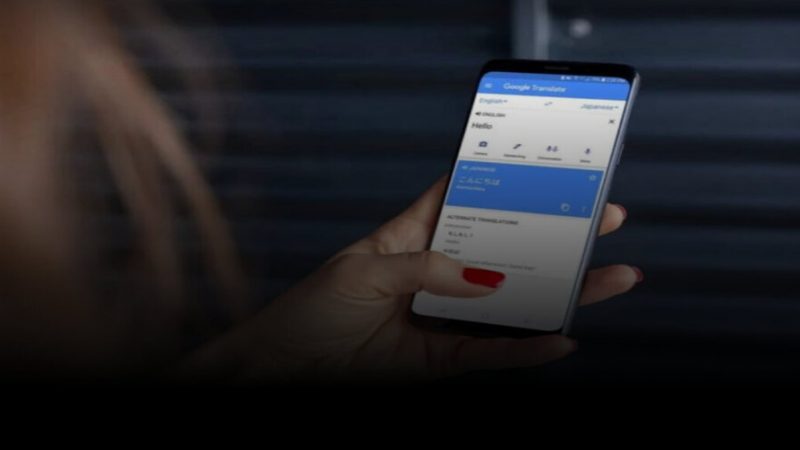Attention Gmail and YouTube Users: Google to Delete Millions of Accounts Soon

Do you have multiple accounts across Gmail, YouTube, photos, and more? Well, Google might delete your accounts if you have not used them for the past 2 years.
In Short
- Google has recently updated its security policy.
- The company has decided to delete inactive accounts.
- Google will send multiple notifications over the months before deleting the account.
Google has recently announced a significant update to its inactive account policies. As per the new policy, the tech giant will delete Google accounts that have not been used or signed into for at least two years. The recent decision is part of Google’s ongoing efforts to prioritize user security and reduce the risks associated with maintaining inactive accounts.
In a recent blog post, Google stated that the new policy will take effect starting from December 2023, and all content stored in such accounts will be deleted, including Gmail, Docs, Drive, Meet, Calendar, YouTube, and Google Photos. This marks a significant change from Google’s earlier announcement in 2020, where it had stated that it would only remove the content stored in inactive accounts but not delete the accounts themselves. The updated policy underscores the company’s commitment to safeguarding the privacy and security of its vast user base.
Why Google is deleting an inactive account
Google is deleting inactive accounts to help protect users from security risks. The company explains that when an account is inactive, it is more likely to be compromised because it is not being used and therefore not being monitored for security threats. Inactive accounts are also more likely to use old or reused passwords that may have been compromised in other data breaches.
“Even with these protections (security tools offered by Google), if an account hasn’t been used for an extended period of time, it is more likely to be compromised. This is because forgotten or unattended accounts often rely on old or re-used passwords that may have been compromised, haven’t had two-factor authentication set up, and receive fewer security checks by the user, “explains Google.
According to Google’s internal analysis, abandoned accounts are significantly more vulnerable to cyber threats than active accounts. The analysis shows that inactive accounts are at least 10 times less likely than active accounts to have 2-step verification set up, making them easy targets for hackers. This puts users at risk of cybercrimes such as identity theft, and can even turn these abandoned accounts into a vector for more malicious activities.
So by deleting inactive accounts, Google is helping to protect users from these security risks. “The policy only applies to personal Google Accounts, and will not affect accounts for organizations like schools or businesses,” notes Google.
Google will be deleting these accounts in phases. The earliest Google plans to begin deleting inactive accounts is December 2023. The first phase will target accounts that were created but never used again. Before deleting any accounts, Google will send multiple notifications to the account email address and the recovery email (if one has been provided) over several months leading up to deletion.
Meanwhile, if you also have an inactive Google account, you can reactivate it by logging in or by following the instructions in the email that Google sends you. Google has also listed certain actions which will help users keep their accounts active. These include:
- Reading or sending an email
- Using Google Drive
- Watching a YouTube video
- Downloading an app on the Google Play Store
- Using Google Search
- Using Sign in with Google to sign in to a third-party app or service
Additionally, If users have an existing subscription set up through your Google Account, for example to Google One, a news publication or an app, then Google will consider this account activity and will not delete your account.






